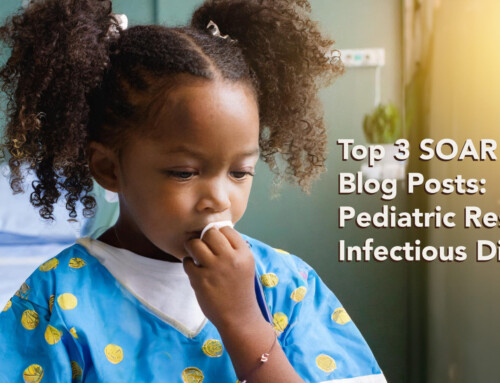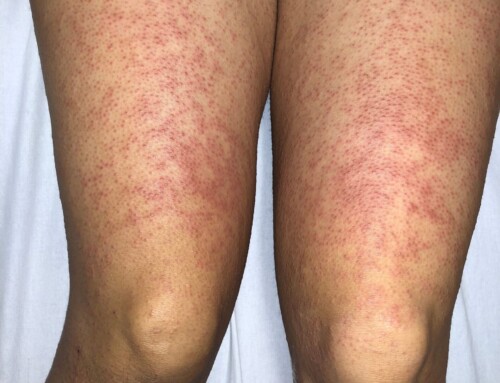
A 49-year-old female with a past medical history of recurrent diverticulitis initially presented with one month of shortness of breath and a minor nonproductive cough for which she was started on doxycycline by her primary care provider. She then developed a rash on her chest, upper back, and face. Antibiotics were switched to amoxicillin and azithromycin. She underwent a brief admission of six days for shortness of breath but did not have an oxygen requirement at that time. She was evaluated by pulmonology (evaluated for cocci, unknown results), and then discharged. She then presented again to the ED with two weeks of worsening shortness of breath, intermittent fevers (Tmax 101°F), nausea/vomiting, fatigue, and arthralgias.






